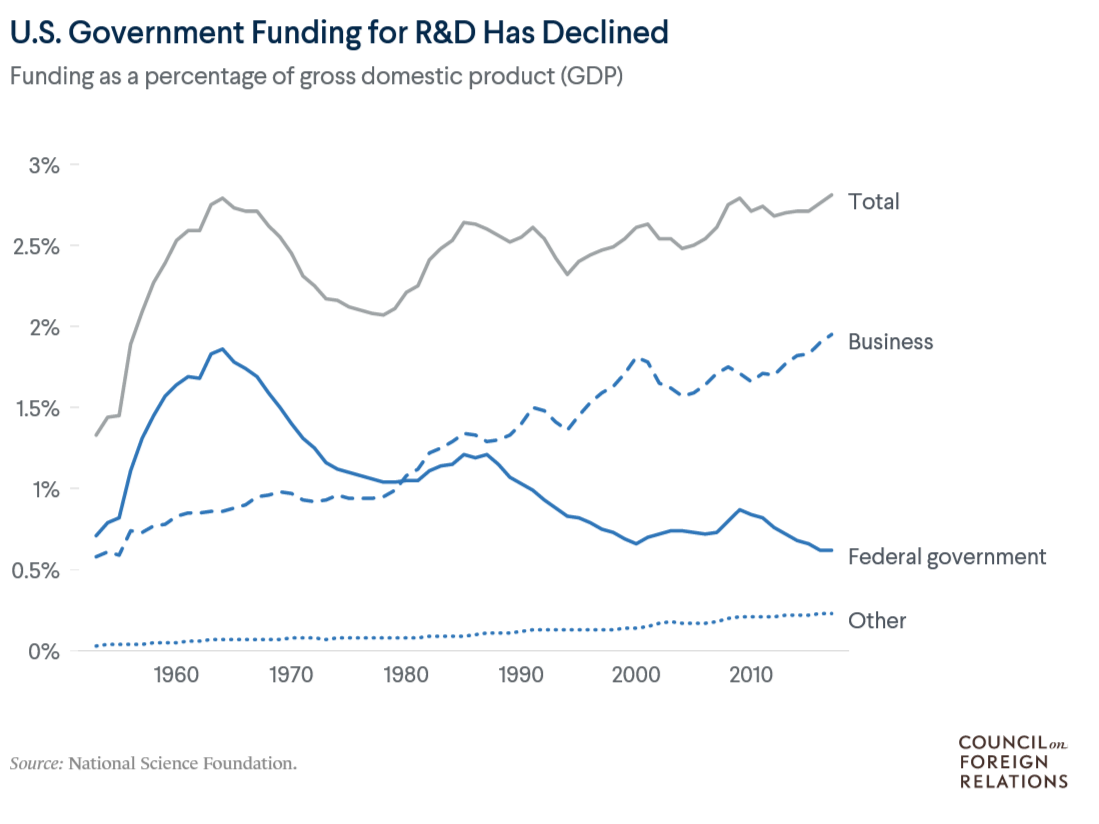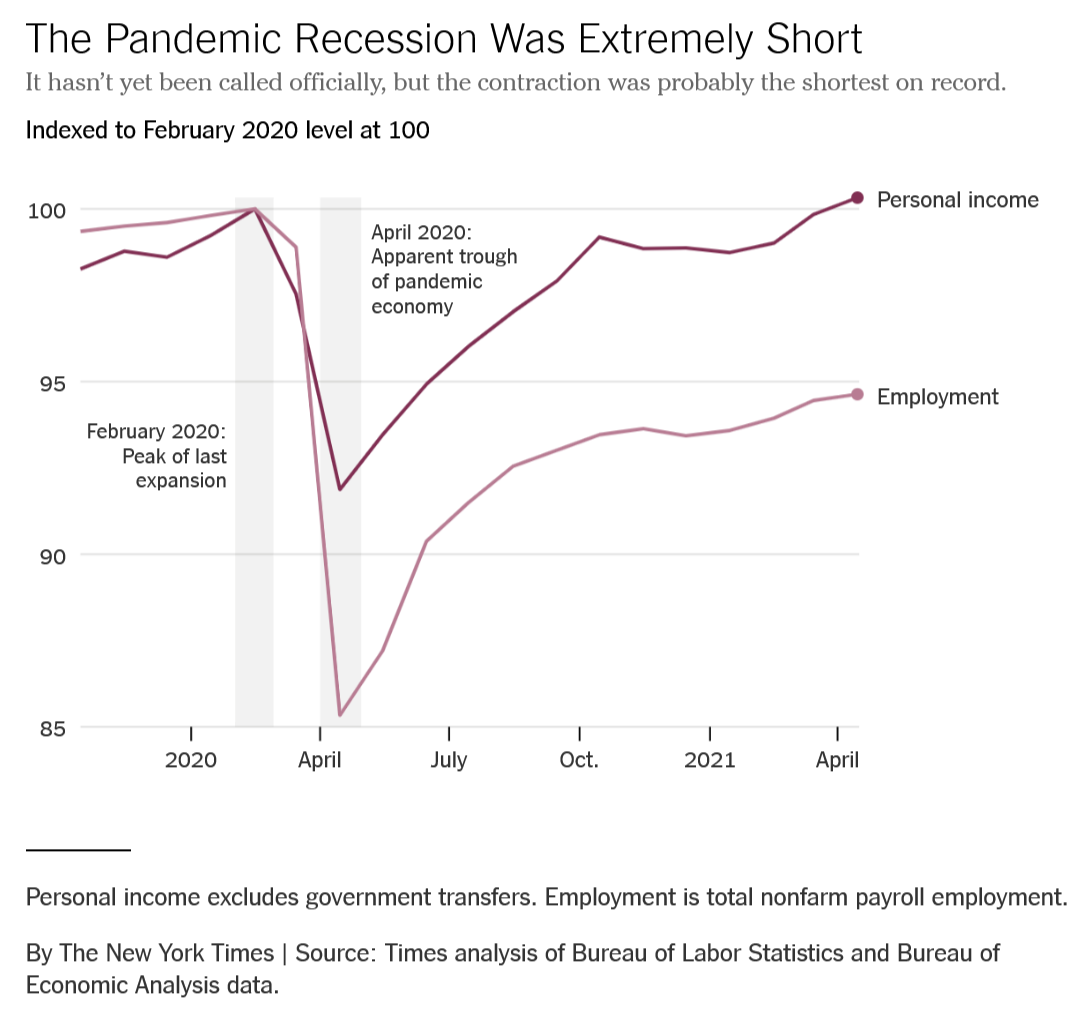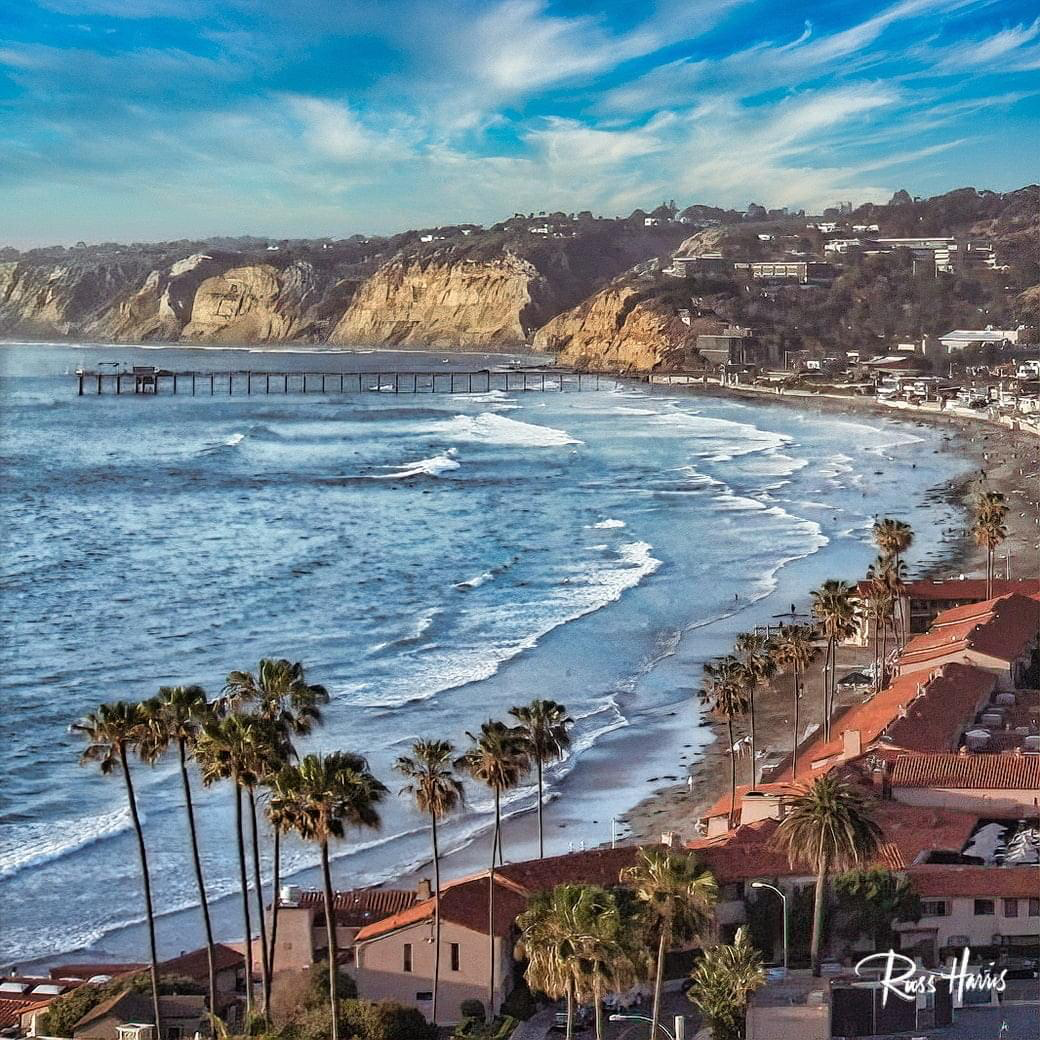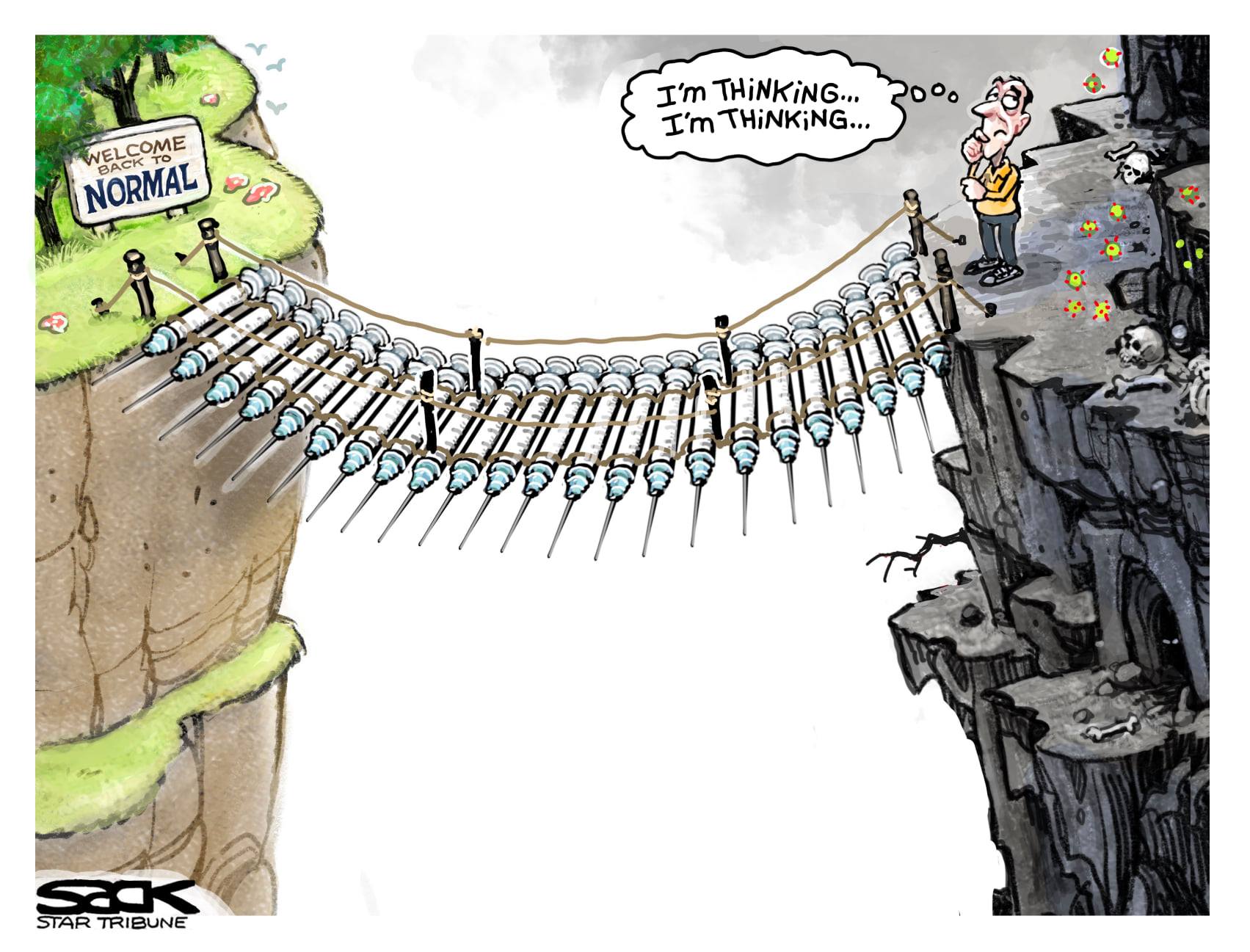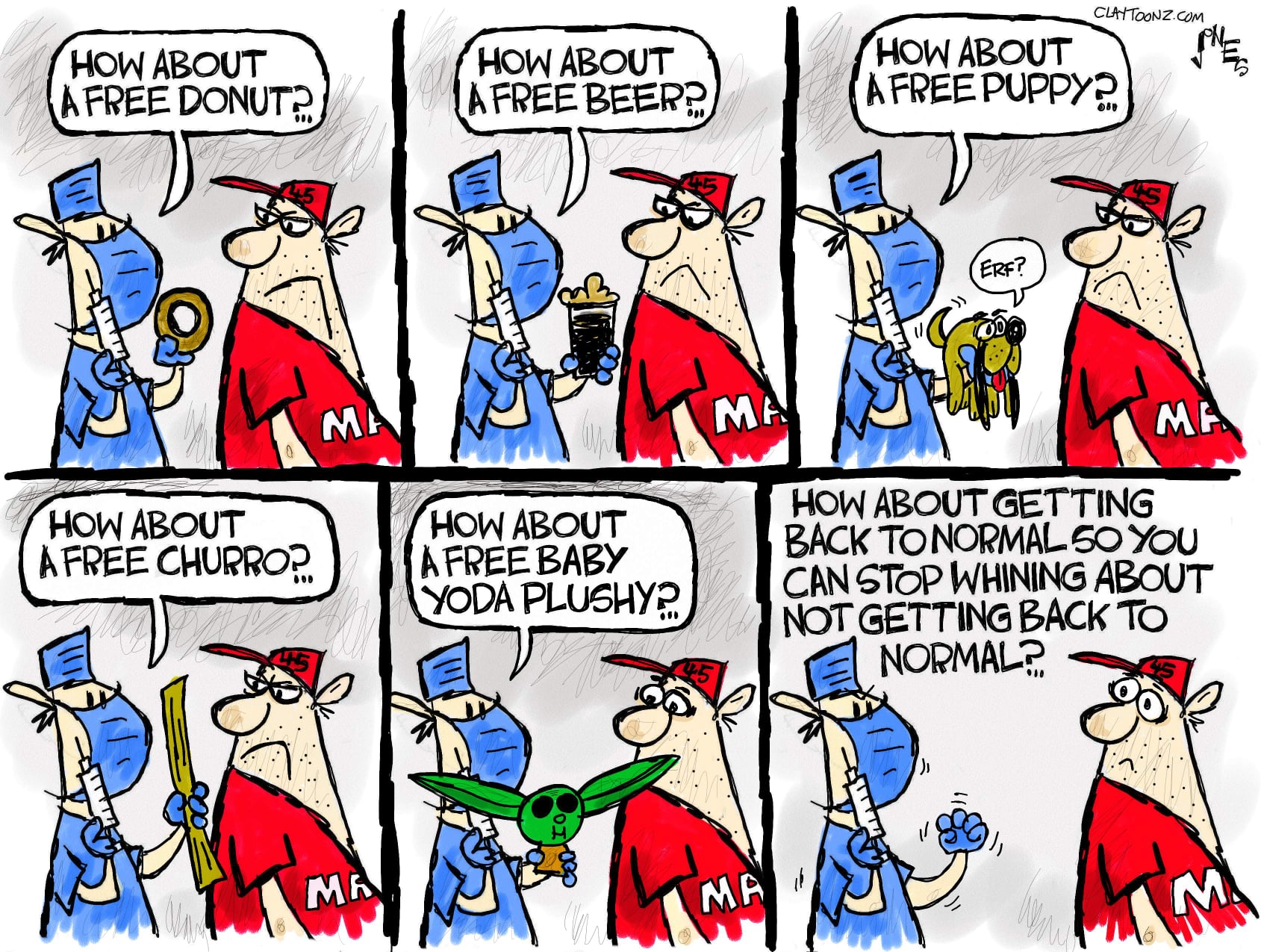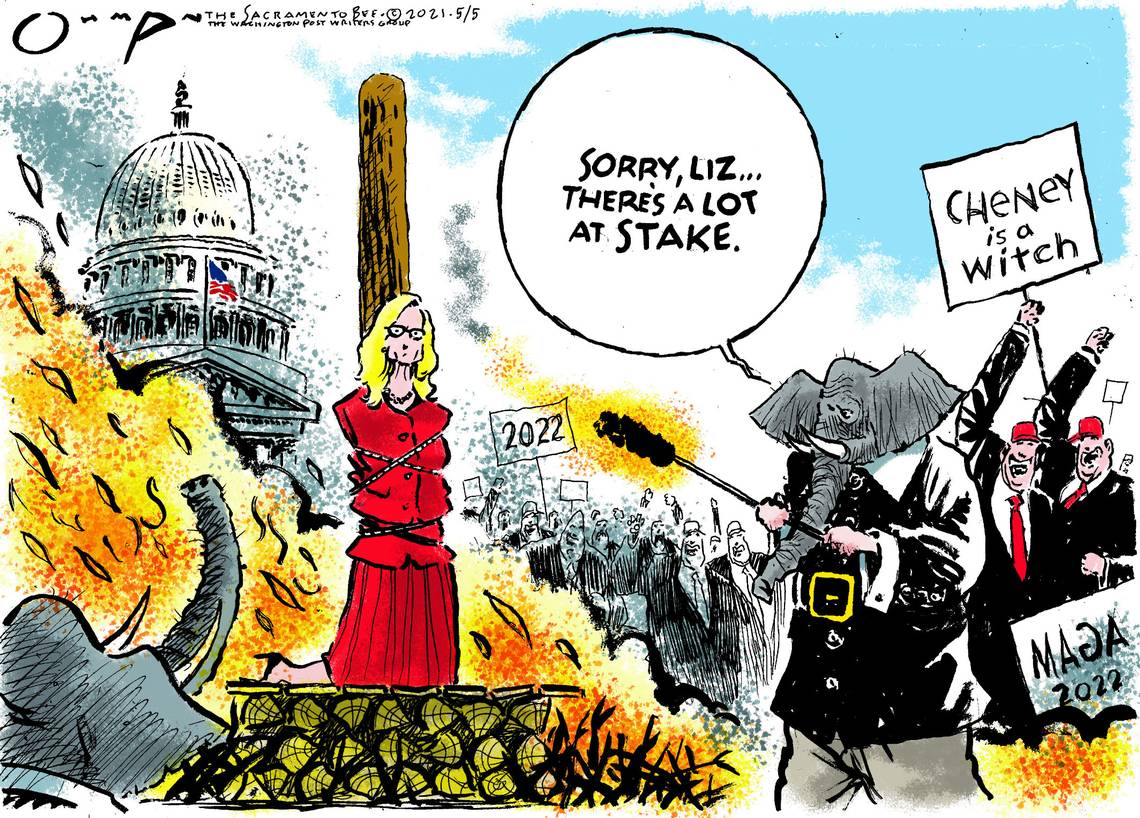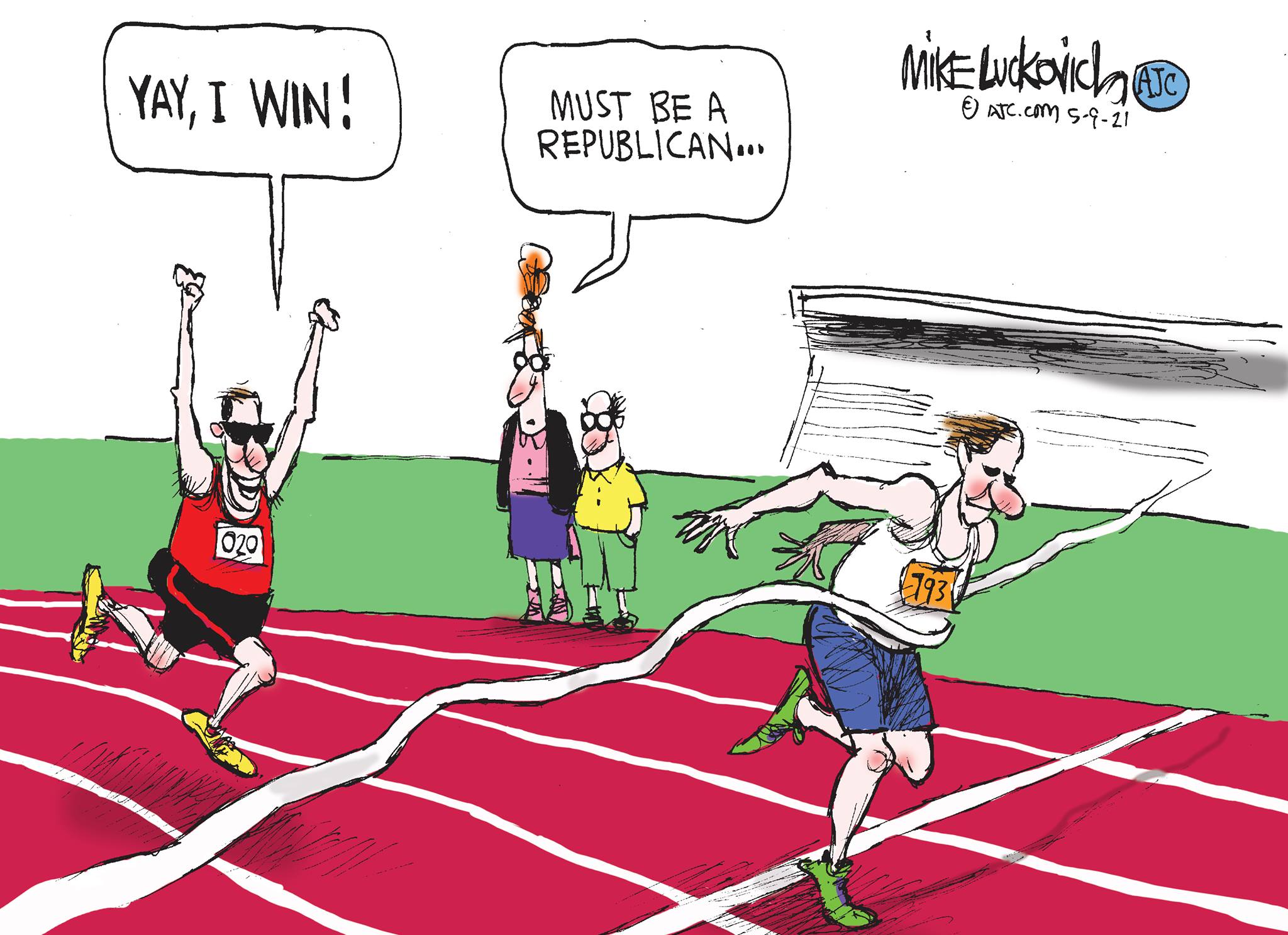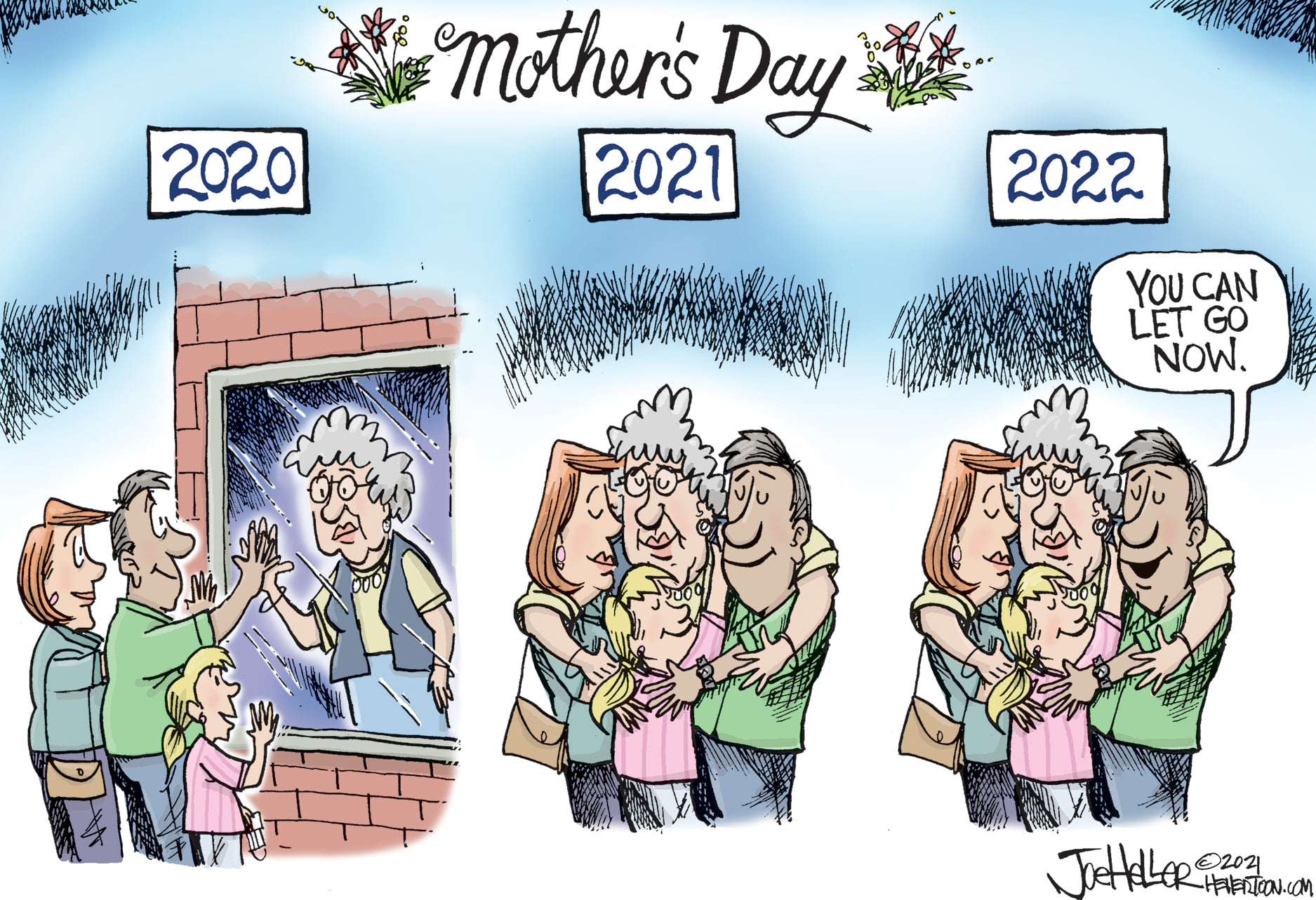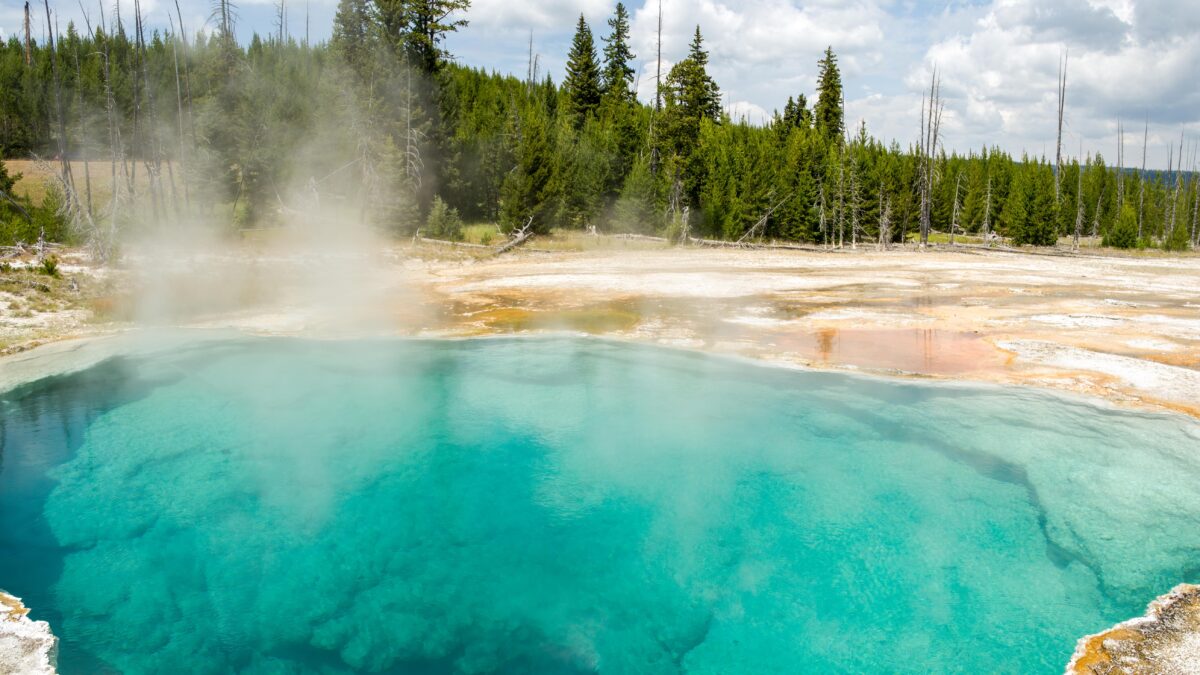The Daily Escape:

Cranberry season, Cape Cod, MA – August 2021 photo by Sharon Pilcher Castrichini
The American Rescue Plan included a fully refundable child tax credit. The credit provides $3,600 per year for children under 6, and $3,000 per year for children between 6 and 17. The credit is temporary, for 2021 only. It is paid monthly and phases out for single parents who earn more than $112,500 and married couples earning more than $150,000. The IRS began sending out the monthly Child Tax Credit payments on July 15.
This marks a sea change in government policy towards poor children. For years, the poorest children have been excluded from income support by eligibility rules that made assistance available primarily as a tax credit to families with sufficient income to pay taxes. This new credit, in contrast, is unconditional.
“The policy is winning rave reviews from think tanks. The Urban Institute…estimated that this year’s poverty rate will be cut from its 2018 level by 45%….And the Niskanen Center predicted that the credit will boost consumer spending by $27.6 billion and ‘deliver a substantial boost to rural economies across the country.’”
But as with many new policies in this pandemic, reality brings a few hiccups. Roughly 60 million children have already started receiving payments. These kids are in families that filed tax returns with the IRS in 2019 or 2020.
But there are two design flaws. The first is that many of the poorest families do not file tax returns, and hence will not automatically get checks. Approximately 4 million children who are eligible for the payments are falling through the cracks, including 2.3 million whose parents do not file a return. Immigrant parents may be hesitant to the sign-up process because they fear that their personal information would be shared with DHS or Border Patrol.
A second problem is that due to the combination of means-testing and receiving payments in advance, some families will be subject to a nasty year-end surprise when the IRS says they owe more taxes because of these payments.
This leads to two political problems. First, the Dems plan on running in the 2022 mid-terms partly on a message that the child tax credit has done something important for poor people, and that if elected, they plan to make the tax credit permanent.
The problem is, a mid-July Morning Consult poll showed that only 35% of voters said the expansion should “definitely” or “probably” be made permanent, while 52% said the opposite. A YouGov poll from around the same time found only 30% of voters favored permanent expansion, with 46% opposed to it. In both the Morning Consult and YouGov polls, a majority supported the expanded child tax credit for the current year, but not when they were asked whether the extension should be permanent.
This makes it difficult for Dems to find a message that will work if they plan on running on the child tax credit.
The second problem is the price of a permanent program. It will cost the Treasury about $100 billion annually through 2025, and about $190 billion annually after that. A permanent extension of the expanded child tax credit would cost $1.6 trillion over 10 years. Republicans are sure to bring this up when any Democrat says they want to make it permanent.
Passing a permanent child tax credit would also make passing many of the other progressive priorities impossible.
As unpleasant as it is to consider, the recent polling tells us that most voters may not be as in favor of slashing poverty as much as progressive Democrats are. They may have accepted it as a temporary fix to help people (children) survive an economic crisis, rather than as permanent economic policy.
Not every voter is moved by moral appeals to eradicate poverty. Not every voter feels sympathy for the poor. Most voters prioritize their own financial situation above all else. That’s where the Niskanen report can be most helpful, showing that local economies will benefit from the expanded child tax credit, with more consumer spending.
Income inequality is a top problem facing America today and one of the most destabilizing. The expanded child tax credit may be effective (and maybe good policy), but it doesn’t yet seem to be good politics.
The hope that a near-universal policy would forge an allegiance between middle-class, working-class, and poor voters seems as far away as when the bill was passed.
To boost those poll numbers, Democrats must impress voters outside of their political base about the economic gains from the policy.



